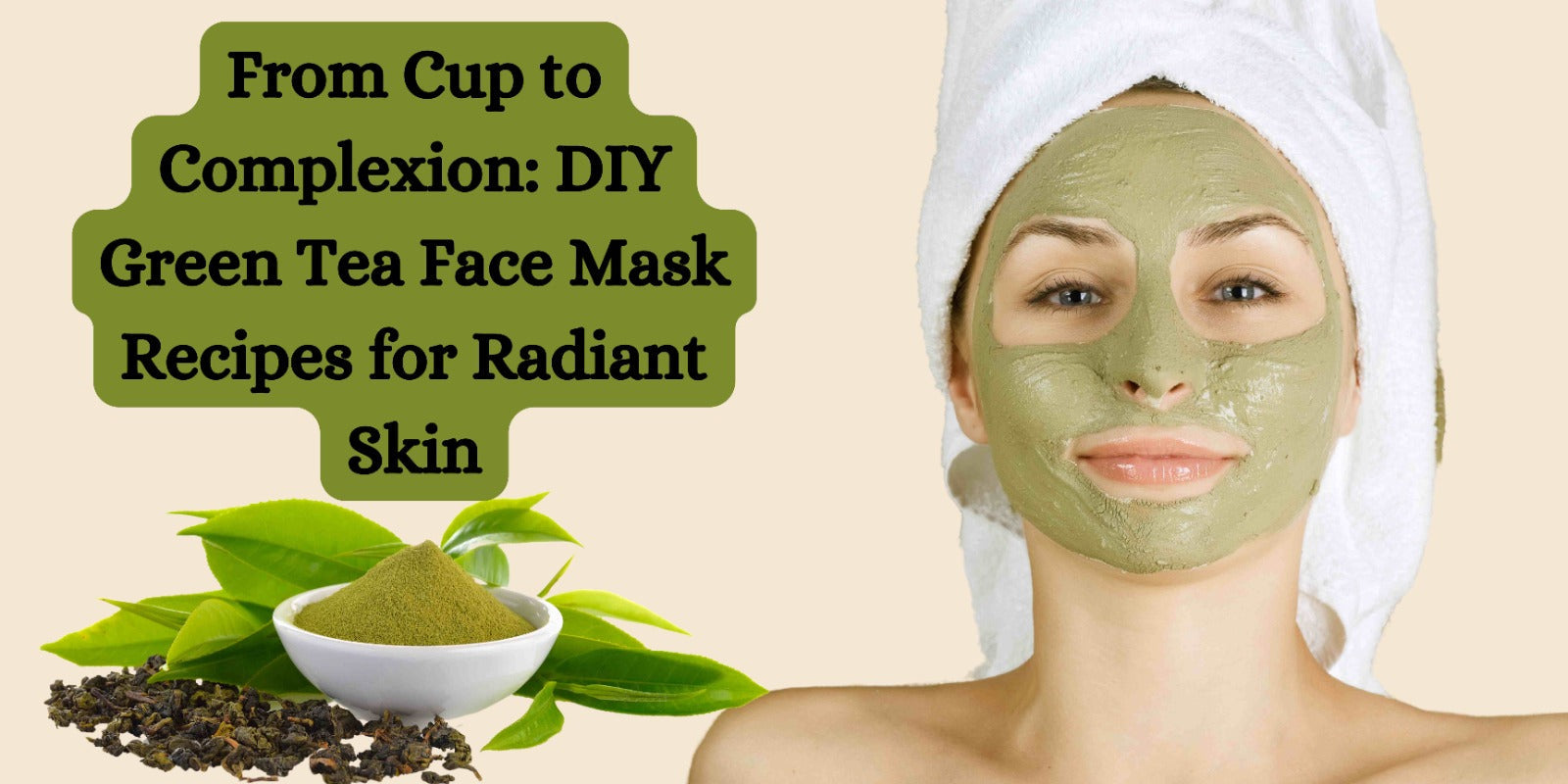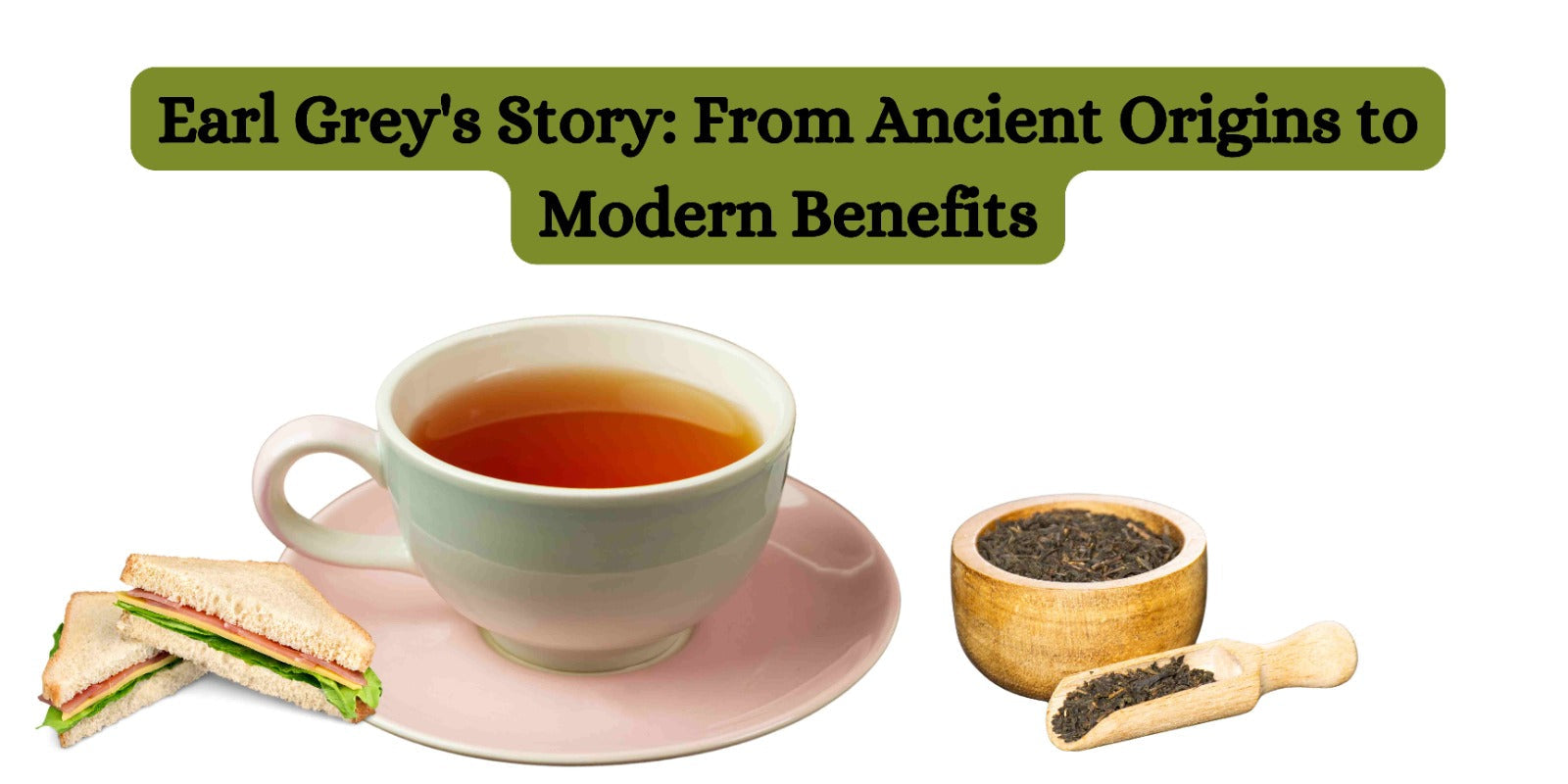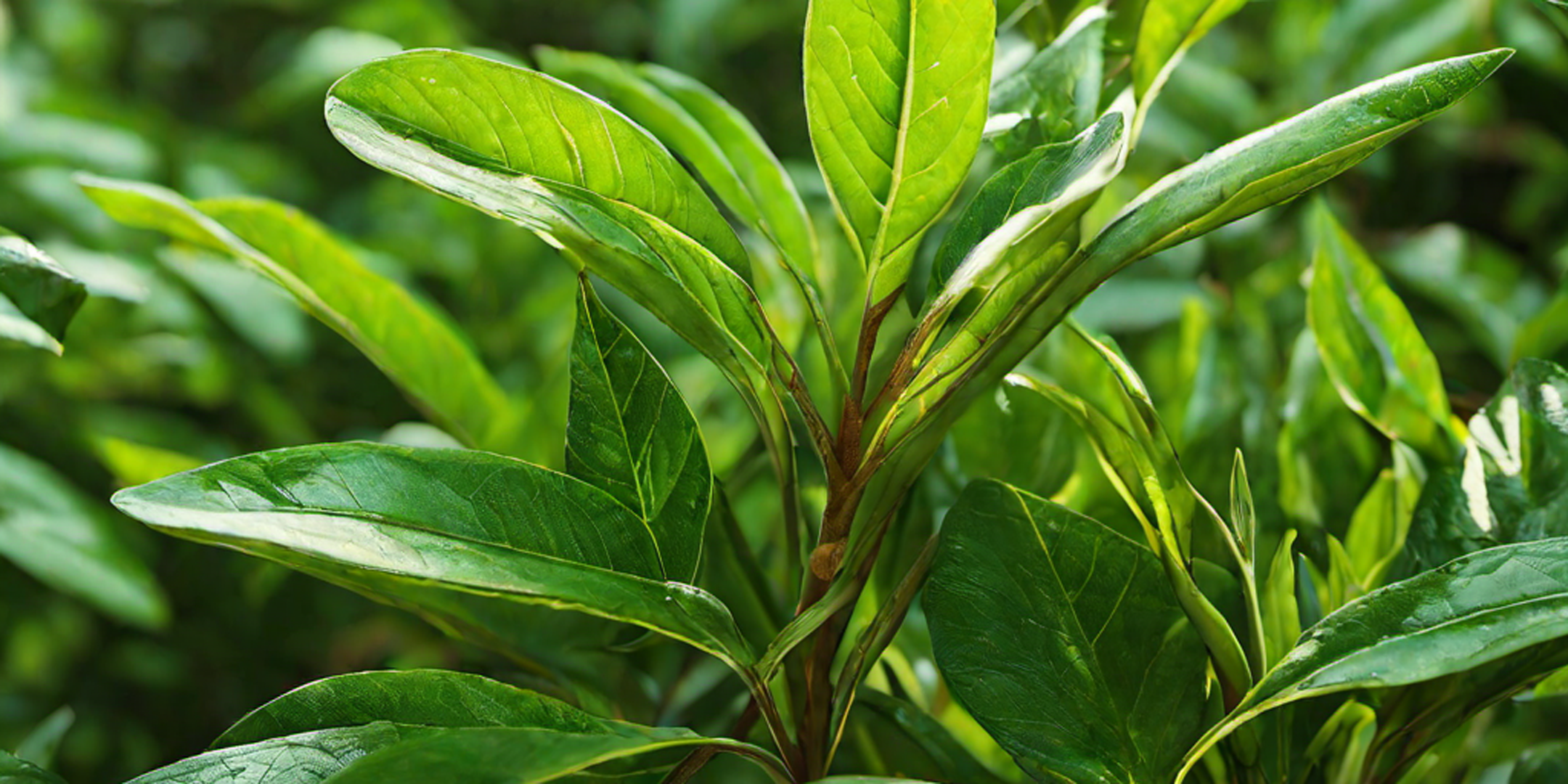Have you ever brewed a cup of blue pea flower tea and watched it change color? This magical transformation from deep blue to purple, pink, or even green seems like a trick, but it's actually science at work! The blue pea flower, also known as butterfly pea (Clitoria ternatea), is a fascinating plant with natural color-changing properties.
In this blog, we will explore the science behind this magic, how the color change happens, and how you can experiment with it at home.
What is the Blue Pea Flower?
The blue pea flower is a bright blue flower native to Southeast Asia. It has been used for centuries in traditional medicine, cooking, and natural dyeing. Today, it is best known for its use in blue tea, a caffeine-free herbal tea that changes color when mixed with other ingredients.
Blue pea flowers are packed with antioxidants and are said to have many health benefits, including improving brain function, skin health, and digestion. But the most exciting thing about this flower is its ability to change color!
The Science Behind the Color Change
The secret behind the color-changing magic of blue pea flowers lies in a group of natural plant pigments called anthocyanins.
What are Anthocyanins?
Anthocyanins are water-soluble pigments found in many plants, including blueberries, red cabbage, and purple grapes. These pigments are responsible for the red, purple, and blue colors in nature. The special thing about anthocyanins is that their color changes based on pH levels (acidity or alkalinity).
How the Color Change Works
-
Neutral or Alkaline pH (7 or higher): The tea remains deep blue when steeped in water.
-
Slightly Acidic pH (5-6): Adding a little lemon juice turns the tea purple.
-
More Acidic pH (3-4): More lemon juice makes it pink.
-
Highly Acidic (below 3): The tea can turn light pink or almost red.
On the other hand, if you add an alkaline substance like baking soda, the tea can become green!
This is the same reason why hydrangea flowers change colors depending on the soil's acidity.
How to Try It at Home
You can easily experiment with blue pea flowers and see the color changes yourself. Here’s how:
Blue Pea Tea Recipe (Basic Brew)
Ingredients:
-
5-6 dried blue pea flowers
-
1 cup hot water
-
Honey or sweetener (optional)
Instructions:
-
Boil water and pour it over the dried flowers.
-
Let it steep for 5-7 minutes. The water will turn a rich deep blue.
-
Strain the tea and enjoy as is, or try color-changing experiments!
Experiment with Color Changes
-
🍋 Add Lemon Juice: Squeeze a few drops of lemon juice and stir—watch it turn purple or pink.
-
🥒 Mix with Hibiscus Tea: Hibiscus is naturally acidic and will turn the tea reddish-purple.
-
🥤 Add Sparkling Water: Carbonated water is slightly acidic, making the tea light purple.
-
🧂 Try Baking Soda: A small pinch of baking soda turns the tea green.
These simple experiments show how pH levels affect the anthocyanins in blue pea flowers.
The Many Uses of Blue Pea Flowers
Besides tea, blue pea flowers are used in various ways around the world:
🍹 Cocktails & Mocktails: Many bartenders use blue pea tea as a base for color-changing drinks.
🍚 Rice & Desserts: In Thailand and Malaysia, people use it to color rice and sweets.
🧴 Skincare: Rich in antioxidants, blue pea extracts are found in natural beauty products.
👚 Natural Dye: The flowers can be used to dye fabrics in shades of blue and purple.
This makes the blue pea flower not just a fun ingredient but also a useful one!
Health Benefits of Blue Pea Flower Tea
Aside from its visual magic, blue pea flower tea has several health benefits:
🌟 Rich in Antioxidants – Helps fight free radicals and protects against aging.
🧠 Boosts Brain Function – Traditionally used to improve memory and reduce stress.
👀 Good for Eye Health – Contains anthocyanins that support vision.
💆♀️ Promotes Hair Growth – Used in Ayurvedic medicine for strong, healthy hair.
🩸 Supports Blood Sugar Levels – May help in managing blood sugar naturally.
Drinking blue pea tea is a great way to enjoy a refreshing drink while supporting overall wellness.
Conclusion: A Magical, Science-Backed Tea
The blue pea flower is truly nature’s magic at work. Thanks to its anthocyanins, it can shift colors based on pH, making it one of the most visually exciting teas to drink. Whether you’re experimenting at home, making creative drinks, or enjoying its health benefits, blue pea tea is a unique experience worth trying.
So, the next time you want to impress your friends or simply have some fun, brew a cup of blue pea tea and watch the magic happen!




